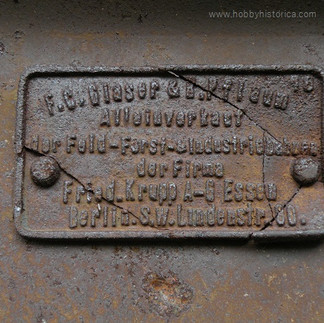Traces of the Polarbahn
- Inka
- Jan 5, 2016
- 3 min read

Nordland in Norway saw huge German activity during the years of occupation, in addition to fortifications and military installations the infrastructures had to be built out.
Roads and railroad in particular, and plans for this had already been laid. Org. Todt and its army of slave labourers were in charge for this.
Hitler wanted the railroad, which by the outbreak of war hadn`t been laid further than Mo i Rana, to continue all the way through northern Norway to eventually be connected to Finnish and Soviet railroads by Murmansk when the war there had been won.
To begin with this work went slow and to speed it up huge numbers of war prisoners were directed up to the north and spread out in primitive camps throughout Nordland.
The concentration of the slaves was put to work between Mo i Rana and Drag, south of Narvik, and on the mountain where the Polar Circle is crossing it was only 6-8 km between camps.
Most of the prisoners were from the Soviet Red Army, but there was also a smaller number of Polish POWs. They all lived under brutal conditions, bad and little food. Violent treatment from the Germans and horrible winters, so death was never far away.
From 1942 it was sent aprx 145000 POWs to Norway and by the liberation in 1945 the count was aprx 87000, and when Red Cross surveyed the camps in may 1945 most of the POWs were sick. There was also another group of prisoners that lived under far worse conditions, the Yugoslavs, but thats for another article.
Today there are still many traces of the camps along the railroad.
Each camp had their own burial ground where memorials were erected after the war. Most of these lay in ruin today as the government destroyed them in a secret operation in 1951, "Operation Asphalt".
Since many camps and memorials were close to sensitive military areas, the government was afraid Soviet spies would visit, and wanted to centralize the fallen POWs in one big graveyard on Tjøtta south of Mo i Rana. And so they did, destroying and desecrating the gravesites and memorials the liberated prisoners had made.
A few memorials survived, and several more has been restored and maintained by locals and can be visited in the forests.
Many of the campsites are close to roads or trekking routes but is so overgrown and hidden by nature that only the ones with a interest in the subject knows they are there.
Often the camps were so infested with fleas and sickness that they were burned down and some housed the Germans as they awaited transport back to their fallen reich in 1945.
As time went any usable materials was removed by locals but as you ll see there are still some traces of the horror.


































コメント